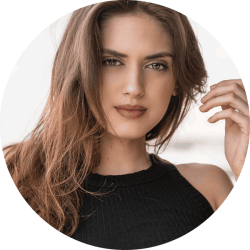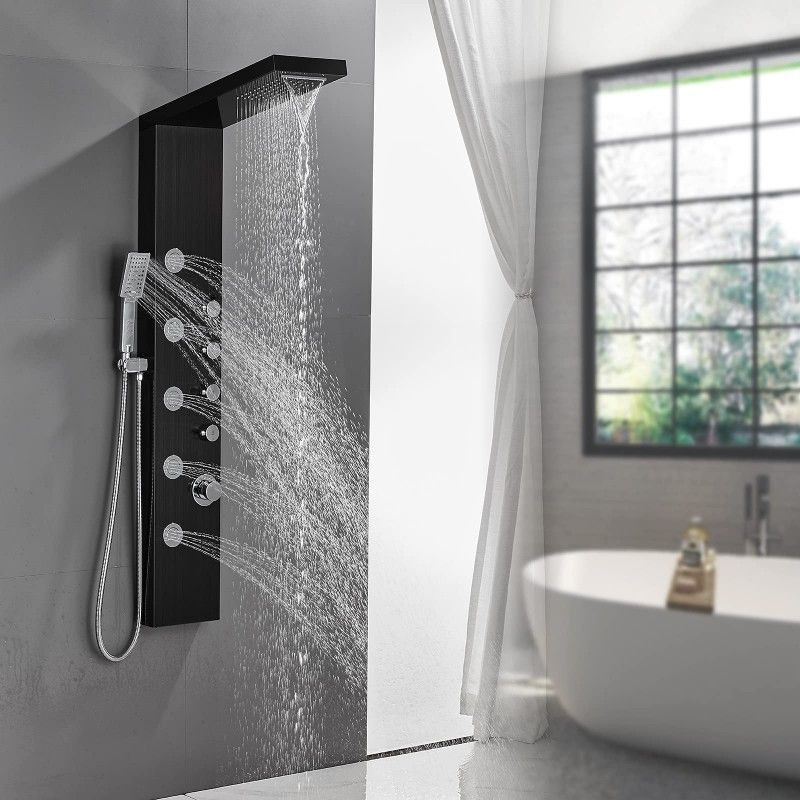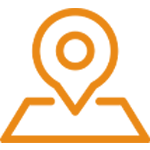 English
English
Jabra Sanitary is a sanitaryware supplier offering toilets, sinks, faucets, bathtubs, etc., at competitive prices. If you're a distributor, wholesaler, or project contractor, get a quote today!
 $23.9 Limited-time Offer
$23.9 Limited-time Offer Consignment Policy
Consignment Policy 20 Years of Experience
20 Years of Experience
When it comes to kitchen and bathroom fixtures, faucets play a central role. A faucet is a device designed to control water flow, allowing you to turn it on and off with ease.
From washing dishes to cleaning hands, faucets are essential in kitchens, bathrooms, laundry rooms, and other spaces where water access is needed. Whether you're renovating, upgrading, or repairing, selecting the right faucet is crucial for both functionality and style.
There is a wide variety of faucet types to choose from, each offering unique benefits. In this guide, we'll dive into the most popular faucet types for kitchen and bathroom use, covering their best applications, pros, and conss to help you find the ideal choice for your space.

Table of Contents
Types of Faucets for Kitchen, Bathroom, and Lavatory
Types of Faucets Summary Table
When Should I Replace My Faucet?
How to Choose the Best Faucets
Frequently Asked Questions
Conclusion: Wrapping Up
Types of Faucets for Kitchen, Bathroom, and Lavatory
Faucets come in a range of designs, from single-handle to high-tech smart models. The type of faucet you choose depends on your needs, style preferences, and budget.
Below, we'll explore the main faucet categories, including classic options like ball and compression faucets, as well as modern choices like touchless and smart faucets. These different types of faucets can vary significantly in features and design, especially across kitchen faucets and bathroom faucets.
Ball Faucets
Best For:
Simple kitchen or bathroom sinks that require basic water control with a single handle, such as a single handle lavatory faucet.
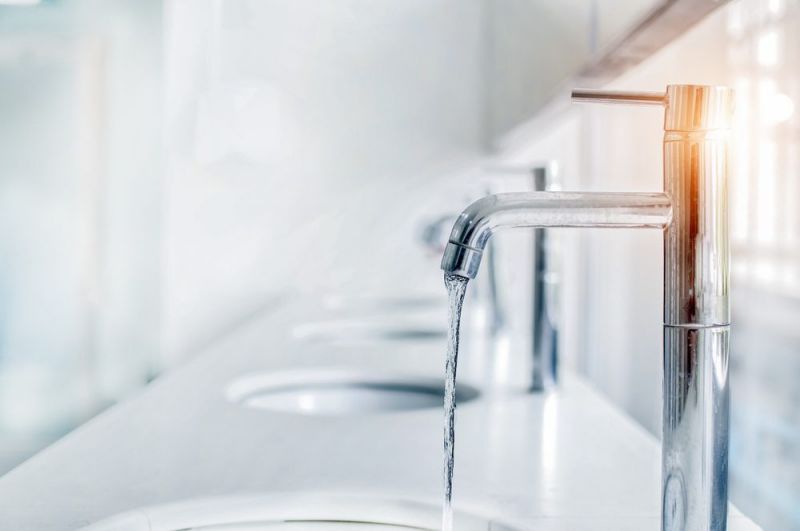
Pros:
- Affordable and widely available among different kinds of faucets.
- Single-handle operation is easy to use and control, making it a great choice for basic types of sink faucets.
Cons:
- Prone to leaks due to internal wear over time, similar to older water tap types.
- Requires regular maintenance compared to some other faucet types.
Compression Faucets
Best For:
Ideal for traditional or vintage-styled bathrooms, especially in older homes where compression faucets may already be in use. These faucets are also popular in certain types of lavatory faucets.

Pros:
- Inexpensive and straightforward in design.
- Simple to repair, making it a good choice for DIY fixes.
Cons:
- Prone to dripping and leaks as washers wear down over time.
- Requires periodic maintenance to prevent common issues like leaks, making it less ideal than modern faucets sinks.
Cartridge Faucets
Best For:
Recommended for households needing durable, easy-to-maintain faucet options with smooth operation, especially in a single handle kitchen faucet setup.
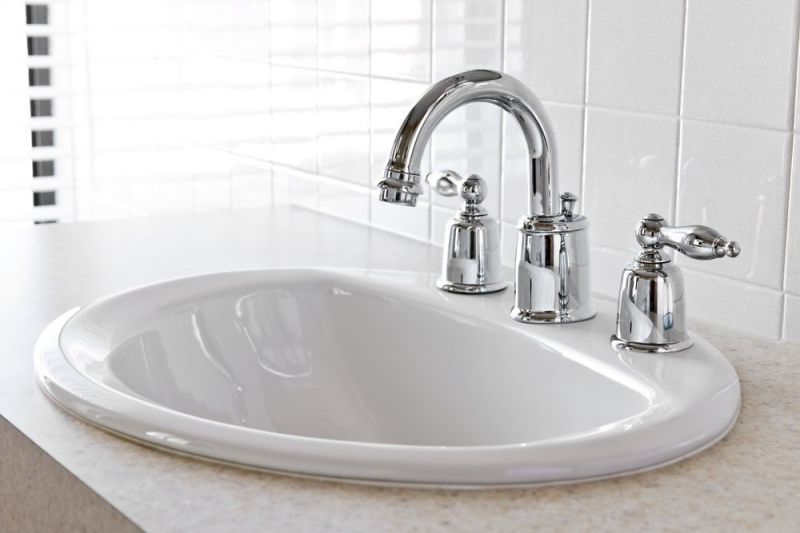
Pros:
- Reliable with easy-to-replace cartridges, offering quick repairs for different faucet types.
- Consistent water flow and temperature control for different kinds of bathroom faucets.
Cons:
- May be slightly more expensive than compression or ball faucets.
- Periodic cartridge replacement required, so knowing "do all faucets have cartridges?" is useful.
Disk Faucets
Best For:
Suited for high-traffic kitchens and modern bathrooms where durability and precision control are priorities. Disk faucets are known as one of the longest-lasting faucet types.
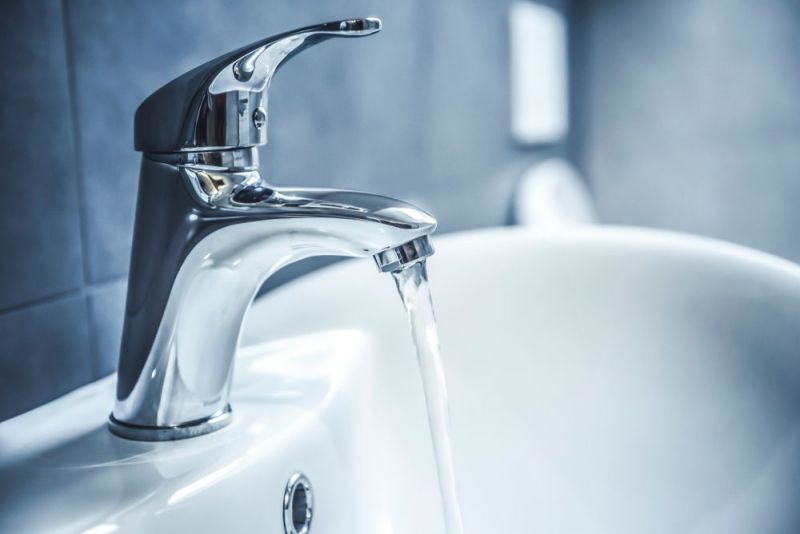
Pros:
- Extremely durable with minimal maintenance needs, making it a top choice among contemporary sink faucets.
- Provides precise water temperature and flow control.
Cons:
- Higher initial cost than other faucet types, such as compression faucet models.
- Complex design may require professional repair if issues arise.
Single Handle Faucets
Best For:
Compact spaces or minimalist designs where simplicity is key. This type of faucet is popular as a single lever faucet kitchen choice.

Pros:
- Saves countertop space, as only one hole is needed for installation, which makes it a great option for small kitchens and bathrooms.
- Easy to use with a streamlined, modern look.
Cons:
- Limited precision for temperature control, as both hot and cold are managed by a single handle.
- Some models may require more frequent adjustments to maintain desired water temperature.
Double Handle Faucets
Best For:
Traditional or luxury-style kitchens and bathrooms where precise water temperature control is desired. These faucet types often suit larger spaces and multiple water tap types.
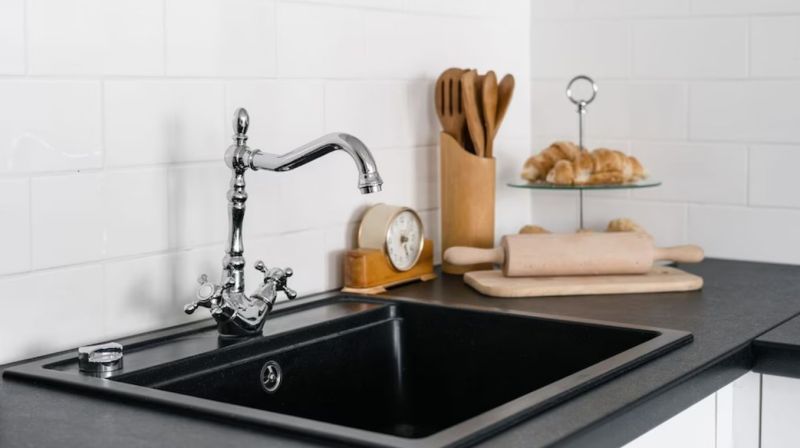
Pros:
- Allows better temperature control by separating hot and cold water handles.
- Classic design fits well with many traditional and vintage styles.
Cons:
- Requires more installation space and more holes in the countertop or sink.
- Can be more complex to install compared to single-handle models, including a single handle kitchen faucet setup.
Pull-Out Faucets
Best For:
Compact kitchens where flexibility for cleaning is needed without taking up much space. This pull out faucet type is convenient as a faucet for washer areas and small kitchens.
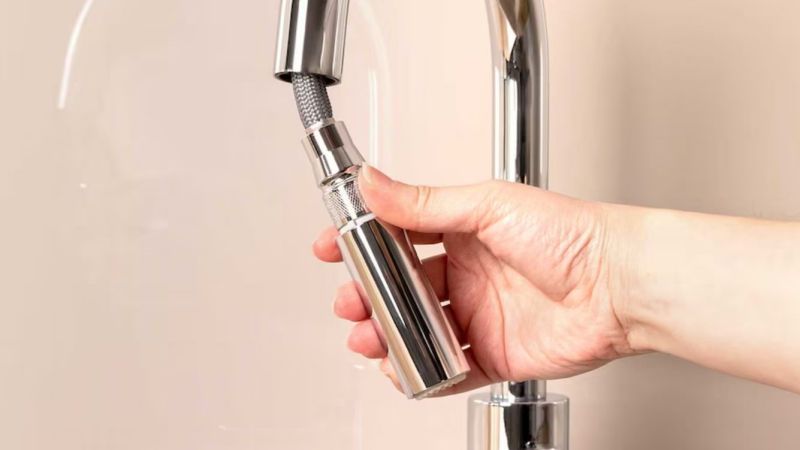
Pros:
- Flexible spray head can be extended and maneuvered easily for thorough sink cleaning.
- Ideal for small sinks, allowing versatility without excessive space usage.
Cons:
- Generally offers lower water pressure compared to pull-down faucets.
- May be less suitable for large or deep sinks, which often benefit from types of kitchen faucets with higher water flow.
Pull-Down Faucets
Best For:
Large kitchen sinks that require a flexible, high-pressure spray option for heavy-duty use. Pull-down faucets are a popular choice among modern types of kitchen faucet setups.
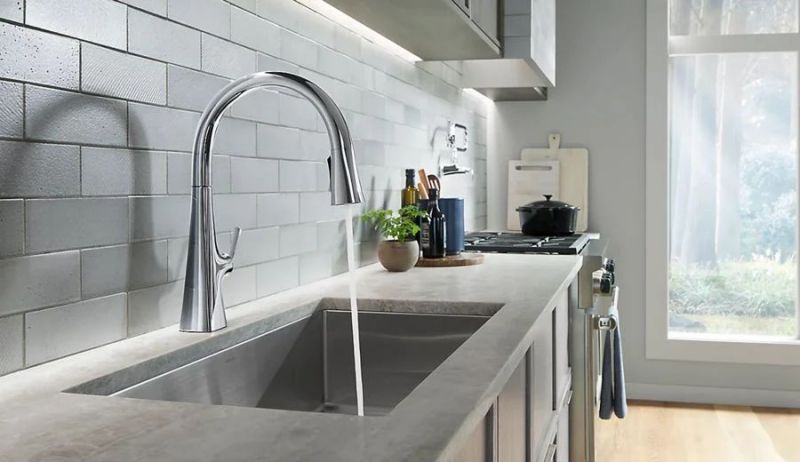
Pros:
- High water pressure makes it ideal for large or deep sinks.
- Versatile spray head that's great for cleaning and rinsing.
Cons:
- Requires more vertical space due to its higher arc design.
- Can be bulky for smaller sink setups.
Touchless Faucets
Best For:
High-traffic kitchens and bathrooms where hygiene and ease of use are a priority. These touchless faucets are often found in commercial spaces.
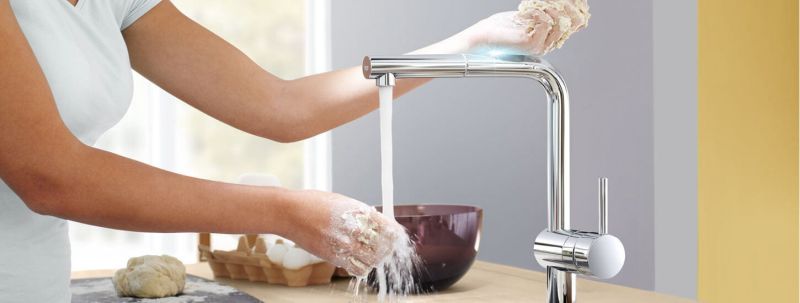
Pros:
- Hands-free operation reduces the spread of germs and water waste.
- Ideal for households with children or for use in commercial kitchens.
Cons:
- Requires batteries or a power source, adding to maintenance needs.
- Higher initial cost than traditional faucets.
Touch-Activated Faucets
Best For:
Kitchens where multitasking is common, allowing quick, convenient water access with minimal contact. This is another example among the types of faucet that emphasizes hygiene.
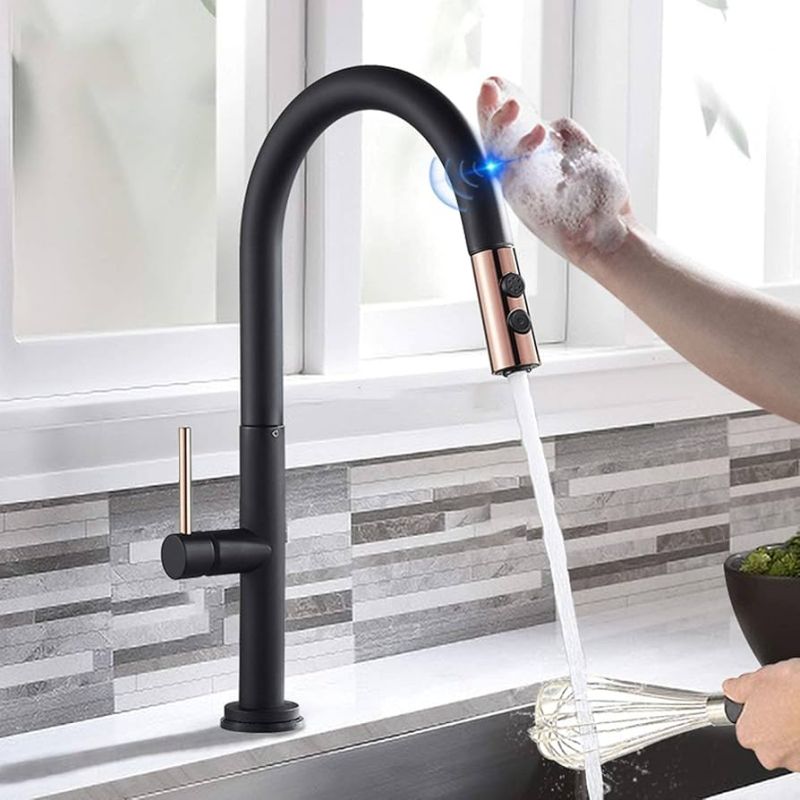
Pros:
- Minimizes touch, helping to maintain cleanliness in busy kitchens.
- Efficient and easy to activate with a simple touch.
Cons:
- Typically more expensive than manual faucets.
- Requires battery or electric setup for operation.
Smart Faucets
Best For:
Tech-savvy kitchens or bathrooms where features like voice control, water usage monitoring, and app connectivity are desired. These faucets represent some of the latest advancements in different types of faucets for sinks.
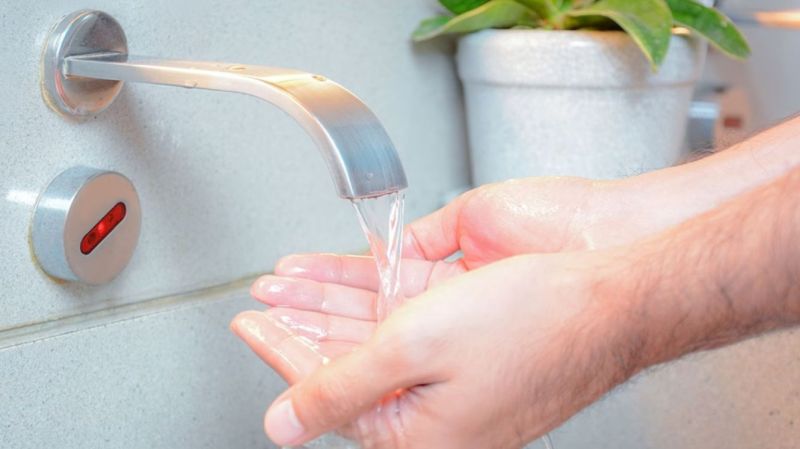
Pros:
- Provides advanced features like water conservation tracking, temperature presets, and voice activation.
- Can be controlled remotely, ideal for multitasking and convenience.
Cons:
- High initial cost and requires Wi-Fi connectivity for full functionality.
- May require professional installation.
Side Sprayer Faucets
Best For:
Traditional kitchens that need added versatility for cleaning without upgrading to a pull-out or pull-down faucet, making it an affordable type of faucet for multi-use.
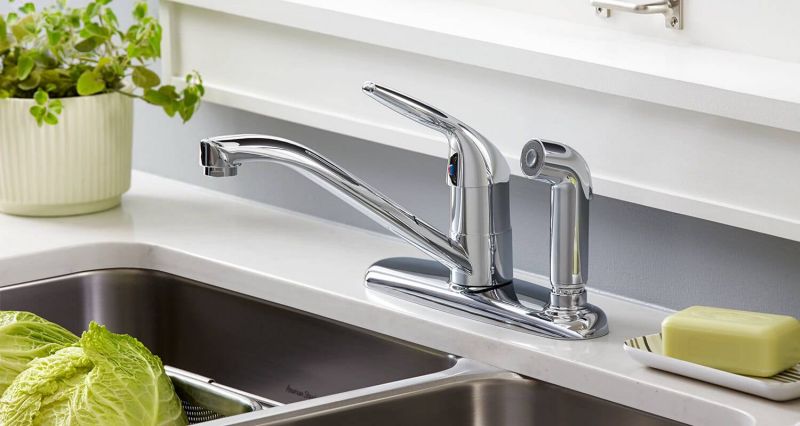
Pros:
- Convenient for rinsing dishes, filling pots, and cleaning sinks.
- Affordable and compatible with a variety of faucet styles.
Cons:
- Requires additional installation space next to the primary faucet.
- May not match all kitchen designs, especially modern or minimalistic styles.
Pot Filler Faucets
Best For:
Serious home cooks or those with large kitchens where filling large pots directly on the stove is convenient. This is a specialized type of faucet commonly used in gourmet kitchens.
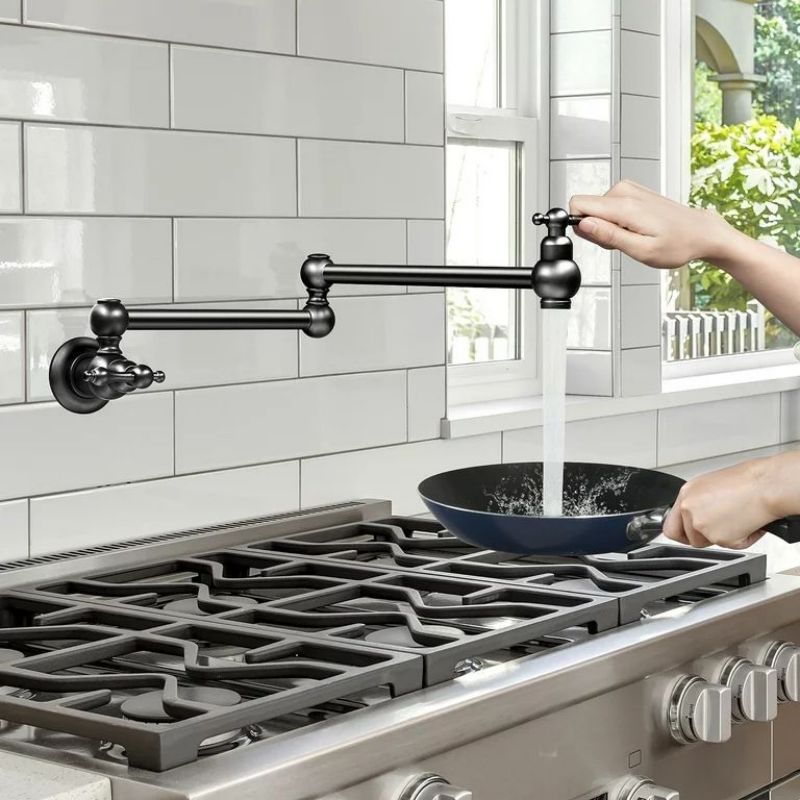
Pros:
- Very convenient for filling pots without needing to move them to the sink.
- Saves effort and minimizes water spills, especially in larger kitchens.
Cons:
- Specialized function; may not be necessary for all kitchens.
- Requires specific plumbing setup, typically over the stove area.
Bridge Faucets
Best For:
Farmhouse or vintage-style kitchens and bathrooms where a classic aesthetic is desired. This faucet type often works well in traditional or contemporary sink faucets setups.

Pros:
- Distinctive, stylish look that complements traditional and vintage designs.
- Durable, often made from high-quality materials.
Cons:
- Requires more installation space due to its wider setup.
- Installation may be more complex and costly than standard faucets.
Pre-Rinse Faucets
Best For:
High-use kitchens or households that frequently cook and clean, offering commercial-grade rinsing power. These faucets are especially useful for large, single lever faucet kitchen spaces.
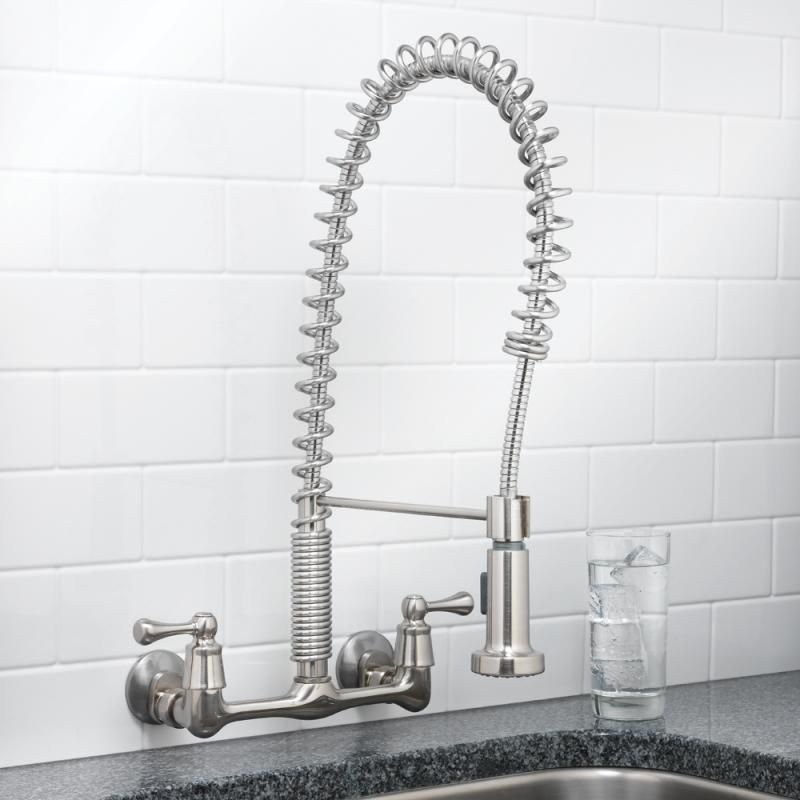
Pros:
- High water pressure and flexible spray nozzle, ideal for heavy-duty cleaning.
- Brings a professional kitchen feel to home setups.
Cons:
- Bulky design may take up more space than traditional faucets.
- Generally higher water usage than standard faucets.
Wideset Faucets
Best For:
Large sinks or vanity areas where users want the flexibility to set handles at custom distances. Wideset faucet designs are often seen in types of bathroom faucets in luxury spaces.
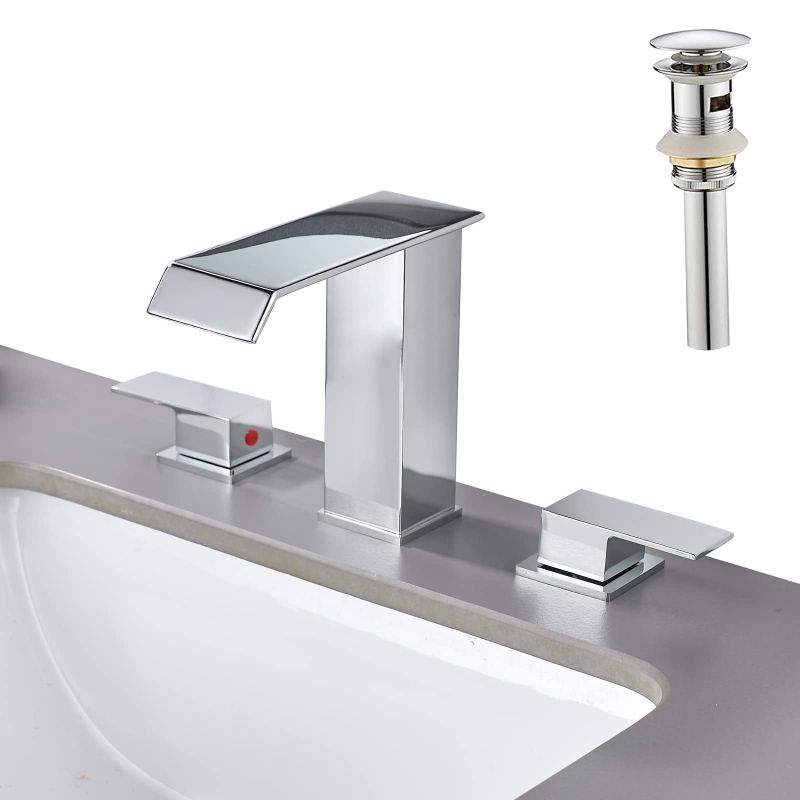
Pros:
- Offers a stylish, customizable look with handle placement flexibility.
- Great for wide countertops with ample space.
Cons:
- More complex installation with separate connections for each handle.
- Not suitable for compact sinks or spaces.
Wall Mount Kitchen Faucets
Best For:
Freestanding sinks or minimalist kitchens where countertop space needs to be maximized. Wall mount kitchen faucets are ideal for saving space in modern kitchens and bathrooms.
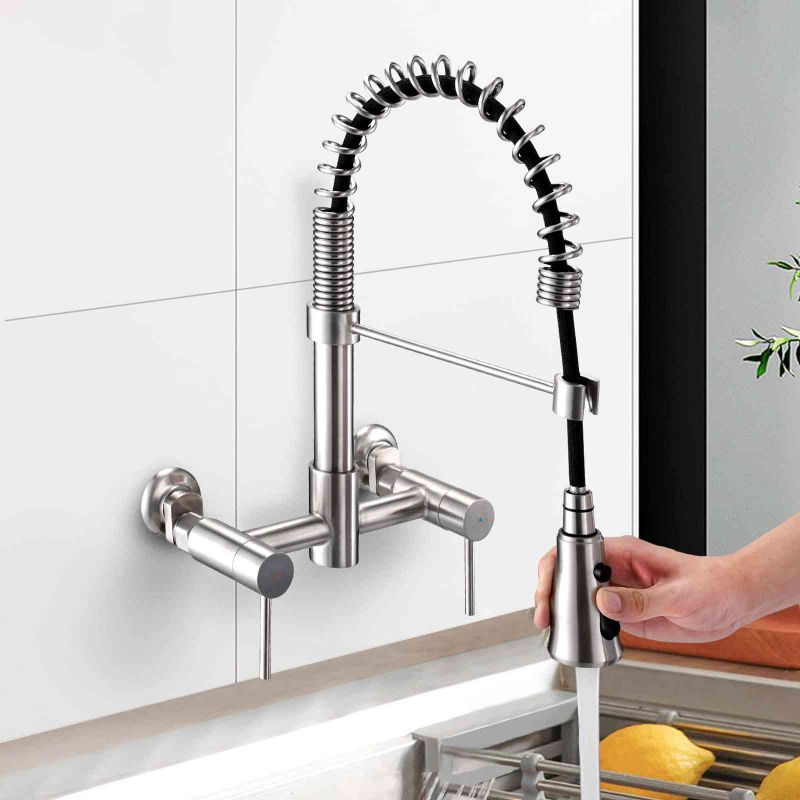
Pros:
- Space-saving by freeing up countertop area.
- Modern, stylish appearance suitable for contemporary kitchens.
Cons:
- Requires plumbing in the wall, which can be costly and complex to install.
- Not compatible with all sink designs.
Types of Faucets Summary Table
Below is a table summarizing the main types of faucets and their advantages and disadvantages for quick reference. This table includes different types of faucets for sinks, from kitchen to bathroom and utility faucets.
| Faucet Type | Best For | Pros | Cons |
|---|---|---|---|
| Ball Faucet | Simple kitchen or bathroom sinks | Affordable, easy to use, single-handle operation | Prone to leaks, requires frequent maintenance |
| Compression Faucet | Traditional bathrooms and older homes | Inexpensive, easy to repair, classic design | Frequent maintenance needed, can wear out quickly |
| Cartridge Faucet | Homes needing durable, easy-to-maintain faucets | Reliable, smooth operation, easy cartridge replacement | Slightly more expensive, periodic cartridge replacement required |
| Disk Faucet | High-traffic kitchens and modern bathrooms | Highly durable, minimal maintenance, precise water control | Higher initial cost, may require professional repair |
| Single Handle Faucet | Compact spaces and minimalist designs | Space-saving, easy to use, sleek look | Limited temperature control, requires frequent adjustments |
| Double Handle Faucet | Traditional or luxury-style kitchens/bathrooms | Good temperature control, classic design | Needs more space, more complex installation |
| Pull-Out Faucet | Small kitchen sinks | Flexible, space-saving, ideal for smaller sinks | Lower water pressure, may be less suited for deep sinks |
| Pull-Down Faucet | Large kitchen sinks needing high-pressure spray | High water pressure, versatile for heavy-duty use | Requires vertical space, can be bulky in small setups |
| Touchless Faucet | High-traffic, hygiene-conscious areas | Hands-free, reduces water waste, convenient | Requires power source, higher initial cost |
| Touch-Activated Faucet | Busy kitchens needing quick access | Hygienic, easy to activate, efficient for multitasking | Expensive, requires batteries or electric setup |
| Smart Faucet | High-tech kitchens or bathrooms | Voice control, water usage tracking, remote access | Expensive, requires Wi-Fi, may need professional install |
| Side Sprayer Faucet | Traditional kitchens with added cleaning flexibility | Convenient for rinsing, affordable | Needs additional space, may not suit modern aesthetics |
| Pot Filler Faucet | Large kitchens and home chefs | Convenient for filling large pots, minimizes spills | Specialized, requires specific plumbing setup |
| Bridge Faucet | Farmhouse or vintage-style kitchens | Stylish, durable, complements traditional designs | Requires ample space, higher installation cost |
| Pre-Rinse Faucet | Heavy-duty kitchens | High water pressure, excellent for cleaning | Bulky design, uses more water |
| Wideset Faucet | Large sinks or vanity areas | Customizable, elegant look | Complex installation, needs ample space |
| Wall Mount Faucet | Freestanding sinks or minimalist spaces | Saves countertop space, modern look | Requires wall plumbing, difficult to install |
When Should I Replace My Faucet?
Several signs indicate it's time to replace a faucet:
- Rust or corrosion visible on the faucet body, commonly seen in older faucet handle types.
- Mold or mildew growth around the base.
- Water smells or tastes off, indicating internal contamination.
- Water pressure issues or irregular water flow.
- Squeaking or difficulty turning the handle.
- Frequent leaks or dripping, even after repairs, may indicate it's time for a modern faucet upgrade.
How to Choose the Best Faucets
Choosing the right faucet involves several factors:
- Type, Finish, and Material: Choose a style that matches your needs and decor, as found in types of bathroom faucets and kitchen faucets alike.
- Sink Configuration: Check your sink's design to ensure compatibility with different faucet types.
- Spray Option: Select a pull-down, pull-out, or side sprayer based on your kitchen's needs.
- Handle Choice: Decide between single and dual handle options, such as a one handle faucet bathroom or a dual setup.
- Spout Height and Reach: Consider the sink size and layout.
- Set a Budget: Balance features with affordability.
Tips for Choosing the Right Faucet
- If you prefer simplicity, a single-handle ball faucet might be best for your type of faucet needs.
- For longevity, a disk faucet offers durability but may require professional repair.
- Cartridge faucets are low-maintenance and easy to replace if needed.
- For easy operation, a disk faucet is ideal, especially for those with arthritis.
- If upgrading from an older compression faucet, consult a plumber.
Frequently Asked Questions
Do all faucets have cartridges?
No, only cartridge and some disk faucets use cartridges. Compression and ball faucets do not.
How do I identify which type of faucet I have?
Look at the handle type and internal mechanism. Ball faucets have a ball inside, compression faucets have washers, cartridge faucets use cartridges, and disk faucets have ceramic disks.
Can I replace a faucet myself?
Yes, many faucets can be replaced with basic tools, but wall-mounted and complex models may require a professional.
Which faucet is easiest to install?
Single-handle ball faucets and some cartridge faucets are the simplest to install, with minimal connections.
Which type of faucet is most durable and easy to maintain?
Disk faucets are typically long-lasting and require little maintenance, though they can be costly to repair.
Can you use a laundry faucet in the kitchen?
Yes, in some cases, though laundry faucets are often more basic in design and may lack kitchen-specific features.
Conclusion: Wrapping Up
Choosing the right faucet for your kitchen or bathroom can enhance both the functionality and style of your space. By understanding the pros and cons of each faucet type and considering your unique needs, you'll find the perfect sink faucets for your home or commercial space like a bar.







